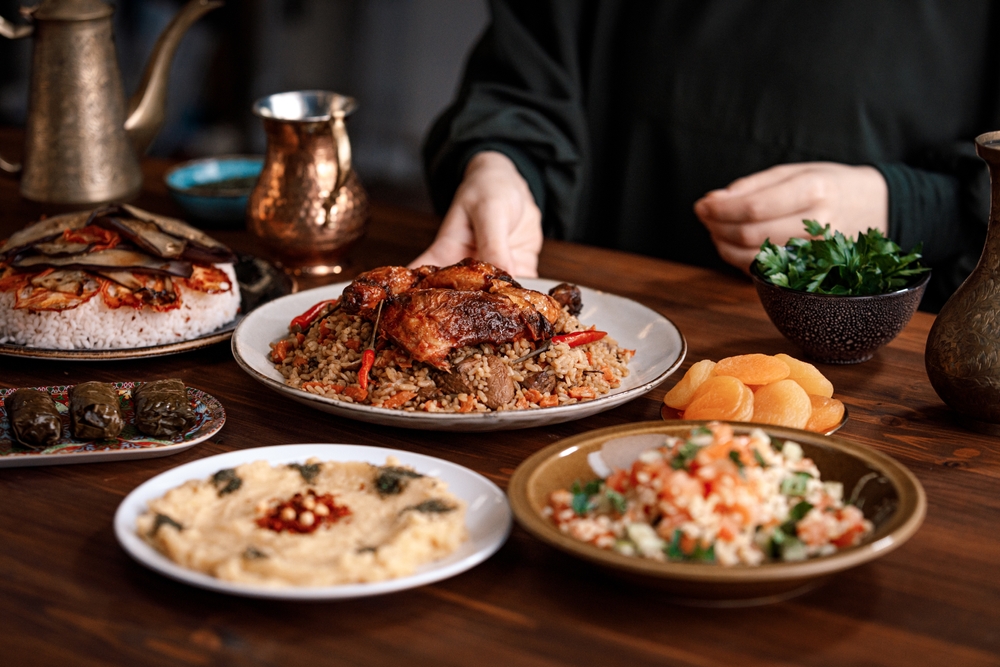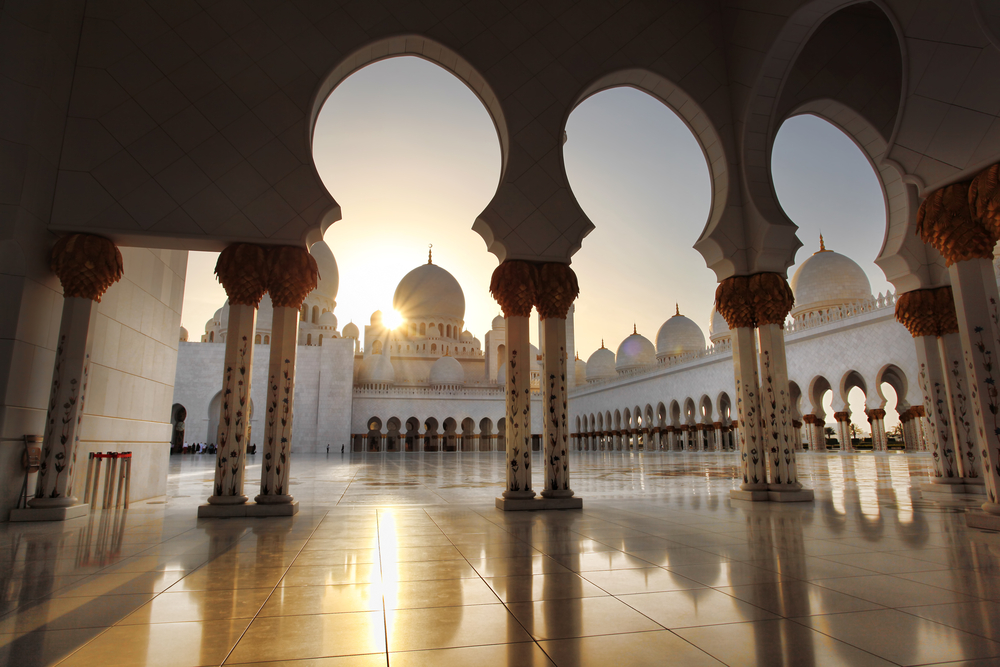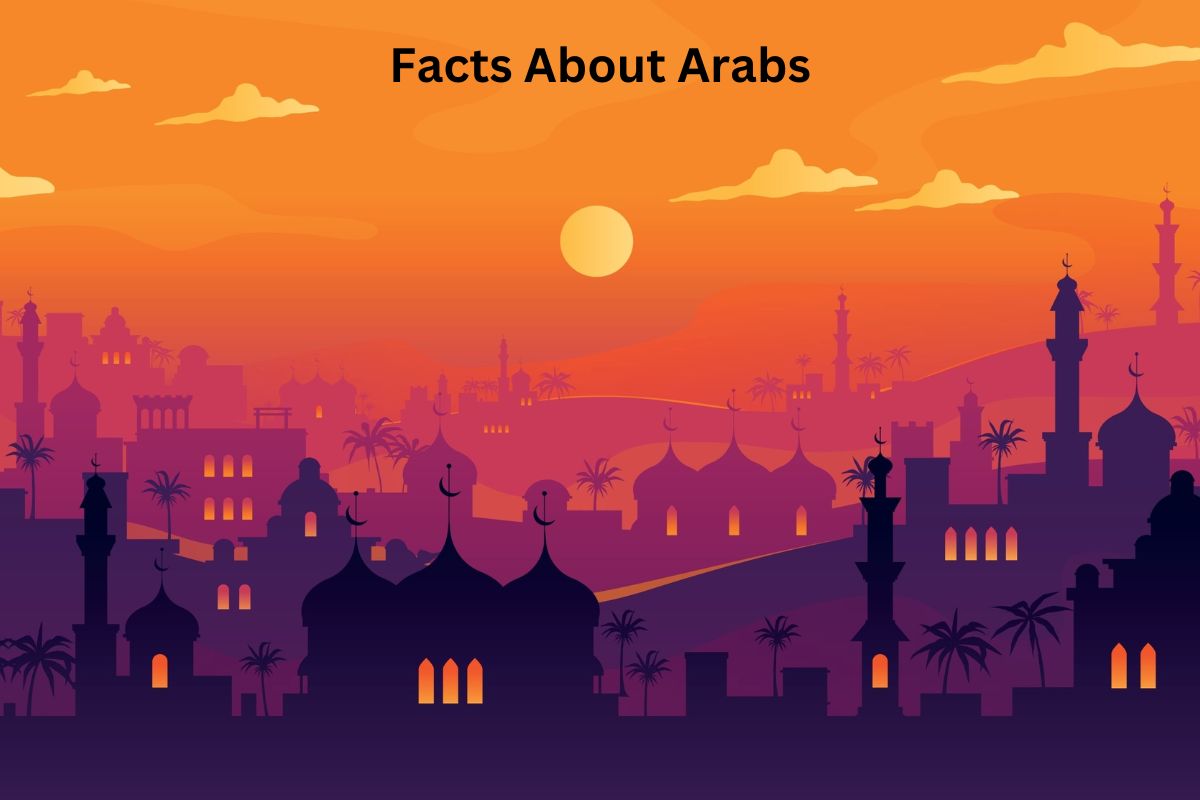Arabs are a culturally diverse group of people who primarily reside in the Arab world, a region comprising 22 countries across the Middle East and North Africa.
United by a shared Arabic language and cultural heritage, Arabs represent a mosaic of ethnic backgrounds, religions, and traditions.
This multifaceted identity is shaped by a rich history, contributions to science and art, as well as a strong emphasis on family values and hospitality.
In this introduction, we will explore various aspects of Arab culture and identity, shedding light on their language, cuisine, music, and more.
Arabs Facts
1. Arab identity is often based on language and culture
Arab identity is primarily defined by a shared linguistic and cultural heritage. While there is no single Arab ethnicity, people who speak Arabic and identify with Arab culture often consider themselves Arabs.
Also Read: Facts About the Middle East
Arabic language and script are fundamental components of Arab identity, and Arabic calligraphy is an art form that showcases the beauty of the language.
This identity is further reinforced by common historical narratives, traditions, and shared experiences.

2. Arabic is the common language among Arabs
Arabic is a Semitic language with a rich history that dates back centuries. It is the common language spoken by Arabs across the Arab world.
While Modern Standard Arabic (MSA) is used in formal contexts like education and media, there are numerous dialects of Arabic that vary significantly from one region to another. These dialects often differ in pronunciation, vocabulary, and even grammar.
Also Read: Israeli Palestine Conflict Timeline
The diversity of dialects can sometimes make communication challenging among Arabs from different regions, but MSA serves as a unifying written form of the language.
3. Arabs come from diverse ethnic backgrounds
The Arab world is home to a wide range of ethnic groups, and Arab identity is not tied to a specific ethnicity. Instead, it is a cultural and linguistic identity.
Some of the prominent ethnic groups in the Arab world include Arab Berbers, Assyrians, Kurds, Egyptians, Palestinians, and more.
These diverse ethnic backgrounds contribute to the rich tapestry of Arab culture and influence various aspects of regional traditions, cuisine, and customs.
4. The Arab world includes 22 countries in the Middle East and North Africa
The Arab world is a region that encompasses 22 countries in the Middle East and North Africa (MENA). Some of the most well-known countries in this region include Saudi Arabia, Egypt, Iraq, Syria, Jordan, Lebanon, Morocco, and Tunisia.
These countries vary in terms of geography, culture, history, and political systems. Despite these differences, they share common linguistic and cultural ties that are central to Arab identity.

5. Islam is the predominant religion among Arabs, but there are also Arab Christians and Arab Jews
The majority of Arabs are Muslims, and the Arab world is often considered the birthplace of Islam. The two holiest cities in Islam, Mecca and Medina, are located in Saudi Arabia.
Islam plays a significant role in Arab culture, influencing daily life, traditions, art, and architecture. The Quran, Islam’s holy book, is written in Arabic, further emphasizing the importance of the language.
However, there are also Arab Christians, Arab Jews, and adherents of other religions, showcasing religious diversity within the Arab world.
6. Arab scholars made significant contributions to science and philosophy
During the Islamic Golden Age, which spanned roughly from the 8th to the 13th century, Arab scholars made groundbreaking contributions to various fields of knowledge.
In mathematics, scholars like Al-Khwarizmi laid the foundation for algebra, and Ibn al-Haytham made significant advancements in optics. In medicine, figures like Ibn Sina (Avicenna) wrote influential medical texts.
Arab philosophers like Al-Farabi and Ibn Rushd (Averroes) played key roles in preserving and transmitting the works of Greek philosophers like Aristotle and Plato to medieval Europe.
7. Arab cuisine includes dishes like falafel and hummus
Arab cuisine is renowned for its flavorful and diverse dishes. It reflects the rich history and traditions of the Arab world.
Falafel, made from ground chickpeas or fava beans, is a popular Arab street food. It’s often served in pita bread with tahini sauce and vegetables.
Hummus is a creamy dip made from mashed chickpeas, tahini, olive oil, lemon juice, and garlic. It’s commonly served as an appetizer or side dish.
Other notable Arab dishes include shawarma (spit-roasted meat), tabbouleh (a parsley salad), and baklava (a sweet pastry made with layers of phyllo dough, nuts, and honey).

8. Hospitality is highly valued in Arab culture
Arabs are known for their warm hospitality and generosity towards guests. Welcoming visitors is considered a virtue in Arab culture.
It is customary to offer guests tea or coffee, often accompanied by dates or sweets, as a sign of hospitality.
Guests are treated with great respect, and hosts go out of their way to make them feel comfortable and welcomed.
9. Traditional Arab clothing varies by region
Traditional Arab clothing varies by region, and it is influenced by climate, culture, and personal preferences.
Men in many Arab countries wear a thobe or dishdasha, which is a long robe-like garment. It is often worn with a head covering called a keffiyeh or ghutrah.
Women may wear an abaya, a long black cloak, and a hijab, which covers the head and neck. However, styles and colors of women’s clothing can vary widely.
10. Family is a central institution in Arab society
Family holds great importance in Arab culture, and extended families often live in close proximity or maintain strong bonds.
The family unit is considered a source of support and social stability. Elders are respected, and their advice is often sought.
Family gatherings and celebrations are common, and they provide opportunities for relatives to come together and reinforce their connections.

11. Arab music and dance have rich traditions
Arab music is known for its diversity and rich history. It encompasses various styles and genres, from classical to contemporary.
Traditional Arab music often features instruments like the oud (a stringed instrument), qanun (a type of zither), and darbuka (a drum). Vocal music is also an integral part of Arab musical traditions.
One of the most recognized forms of Arab dance is belly dancing, which involves intricate movements of the hips and torso. Belly dancing is often associated with celebrations and cultural performances.
12. The Arab world is politically and socially diverse
The Arab world is characterized by political and social diversity. Different countries within the Arab world have varying political systems, including monarchies, republics, and authoritarian regimes.
Social norms and customs can also differ from one country to another. For example, dress codes and gender roles may vary significantly.
The Arab Spring, a series of pro-democracy uprisings that began in late 2010, highlighted the region’s complex political landscape and diverse aspirations of its people.
13. Arab literature and calligraphy are celebrated forms of art
Arab literature has a rich tradition dating back centuries, with famous poets like Al-Mutanabbi, Al-Ma’arri, and Ibn Arabi. Arabic literature includes poetry, novels, and philosophical works.
Arabic calligraphy is an art form that has deep cultural and religious significance. It is used to write and decorate the Quran and is also employed in architectural design, decorative arts, and signage.
The intricate and aesthetically pleasing nature of Arabic calligraphy has made it a celebrated form of visual art.
